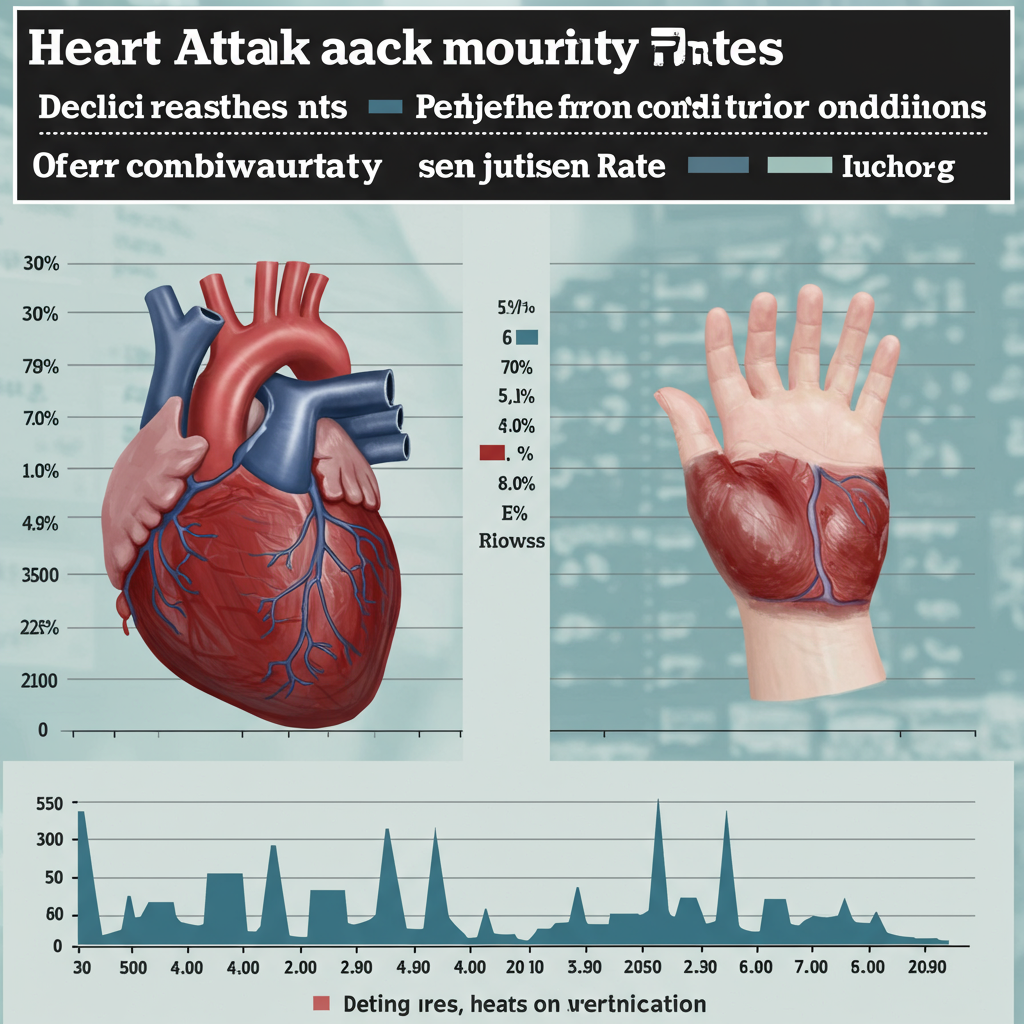The Centers for Disease Control and Prevention (CDC) has unveiled significant, and in some cases controversial, revisions to its national immunization policies. These sweeping changes impact not only COVID-19 vaccine administration but also established childhood immunization schedules. The core of the new guidelines introduces a mandatory consultation with a health professional before receiving a COVID-19 shot, a move sparking considerable debate among public health experts. This shift comes amid broader concerns about vaccine access, public trust, and the influence of political appointments on critical health recommendations. Understanding these updates is vital for individuals and families seeking to protect themselves this upcoming respiratory virus season.
Understanding the New COVID-19 Vaccine Guidelines
A pivotal change in the CDC’s updated guidance for COVID-19 vaccines is the introduction of “shared clinical decision-making.” This requirement mandates individuals to consult with a doctor, pharmacist, or other qualified healthcare provider to discuss the risks and benefits of vaccination before receiving a shot. This marks a substantial departure from earlier years when COVID-19 vaccines were often administered freely, without a pre-screening discussion. The new policy, accepted by Acting CDC Director Jim O’Neill, aims to ensure what he calls “informed consent” is prioritized.
The Mandate for Shared Decision-Making
Previously, individuals aged 6 months and older could typically walk into a pharmacy or clinic for a COVID-19 vaccine. The new “shared clinical decision-making” step explicitly requires a conversation with a provider. This conversation will delve into an individual’s specific health profile, assessing personal risks and potential benefits of vaccination. For adults aged 65 and older, this consultation is the primary condition for vaccination. For younger individuals (6 months to 64 years), the discussion emphasizes that the risk-benefit balance is most favorable for those at increased risk of severe COVID-19 due to underlying conditions. This process adds an extra “hoop” to the vaccination journey, potentially complicating access compared to prior years.
Shifting Access and Eligibility
The Food and Drug Administration (FDA) initially approved updated COVID-19 vaccines for individuals 65 and older, or those with increased health risks, creating early confusion. The CDC’s new guidelines clarify eligibility, stating that anyone aged 6 months and older can receive the vaccine, including healthy children and pregnant women, provided they undergo the mandated consultation. Despite this clarification, some healthcare providers may still be hesitant to administer shots due to lingering uncertainties and “mixed messages,” including speculative safety risks discussed during CDC advisory committee meetings that lack solid evidence. This has led to a “complex hodgepodge of Covid vaccine policies nationwide,” with states like Georgia and Utah previously requiring prescriptions, while others like Illinois and Maryland recommend universal vaccination for everyone 6 months and older.
Expert Backlash and Concerns
Acting CDC Director O’Neill claimed the previous “blanket recommendation for perpetual COVID-19 boosters deterred health care providers from talking about the risks and benefits.” However, this assertion has been met with strong criticism from independent vaccine experts and major medical organizations. Dorit Reiss, a vaccine policy expert at the University of California, San Francisco, stated that doctors have always been required to obtain informed consent. Dr. Tina Tan, President of the Infectious Diseases Society of America, labeled O’Neill’s claim “completely untrue” and “misinformation.” She warned that such statements “further creates confusion and distrust in healthcare providers and vaccines” and could increase the public’s risk for vaccine-preventable diseases. Many experts fear these new barriers will decrease vaccine uptake, despite overwhelming evidence that vaccines are very safe and highly effective in preventing severe illness, hospitalization, and death.
Broader Repercussions for Childhood Immunization Schedules
Beyond COVID-19, the CDC has also formalized significant changes to childhood immunization schedules, particularly concerning measles, mumps, rubella, and varicella (chickenpox) vaccines. These decisions have also drawn considerable debate and concern from public health advocates. The changes follow recommendations from Health Secretary Robert F. Kennedy Jr.’s handpicked Advisory Committee on Immunization Practices (ACIP), which has recently undergone substantial changes in its membership.
Banning the MMRV Combination Vaccine
The CDC has formally recommended against the use of the combination measles, mumps, rubella, and varicella (MMRV) shot for children under four years old. This decision is rooted in the MMRV shot’s association with a slightly elevated risk of fevers that can, in rare cases, lead to seizures in very young children. For over 15 years, the CDC has preferred that children under four receive separate MMR and varicella shots, a practice already followed by approximately 85% of children. However, the new recommendation means the MMRV vaccine will no longer be covered by federal subsidized programs like the Vaccines for Children Program. Dr. Katrina Kretsinger, a former CDC medical epidemiologist, noted this effectively “removes a choice from parents,” potentially increasing mistrust and lowering vaccine uptake, and could even cause initial shortages of the separate vaccines as manufacturers adjust.
The Controversial Push to Split the MMR Shot
Adding another layer of controversy, Acting CDC Director O’Neill publicly called for manufacturers to break up the combined MMR (measles, mumps, rubella) vaccine into three separate shots. This call was echoed by President Trump and widely criticized by medical professionals. Dr. Tina Tan denounced this proposal as “absolutely completely ridiculous,” emphasizing that the combination MMR vaccine, licensed in the U.S. in 1971, was designed to ensure comprehensive immunization with fewer injections. Both Merck and GSK, key manufacturers of MMR vaccines, stated there is no scientific evidence supporting the separation of the combined vaccine. They warned that requiring separate injections could lead to delayed or missed immunizations, potentially decreasing overall vaccination coverage rates and setting public health back decades.
Navigating the Complexities: What This Means for You
The recent changes from the CDC create a more intricate landscape for vaccination. While the intention may be to enhance informed consent, the practical implications involve new hurdles and potential confusion for individuals seeking immunization. The impact of these federal policy shifts will vary, influenced by state-level interpretations and the readiness of healthcare providers.
Insurance Coverage and Access Points
Despite the new consultation requirement for COVID-19 shots, the new guidelines ensure continued insurance coverage. Private and government programs, including Medicaid, Medicare, the Vaccines for Children Program (VFC), and the Children’s Health Insurance Program (CHIP), will cover the shots without copayments. This means that, financially, most insured individuals are expected to receive their COVID-19 vaccinations for free. Pharmacists nationwide will continue to administer vaccines. Some pharmacies, however, may require patients to read and complete forms discussing vaccine risks and benefits. CVS, for example, stated that people could get COVID-19 vaccines simply by asking, with pharmacists only requiring a conversation if patients have specific questions.
State-Level Variations and Confusion
The implementation of these new guidelines is expected to create a “patchwork of Covid vaccine policies nationwide.” Before the CDC’s final announcement, 26 states, predominantly those with Democratic governors, had already issued their own broader COVID-19 vaccine guidance to ensure wider access. This divergence between federal and state recommendations creates an “unprecedentedly complicated landscape,” as highlighted by Dr. Ofer Levy of Boston Children’s Hospital. This inconsistency could lead to uneven protection across the country, potentially leaving certain populations more vulnerable, especially as viruses do not respect state borders. The unusual, unexplained two-week lag between ACIP’s recommendations and the CDC’s acceptance also contributed to confusion and delays in vaccine distribution through crucial programs like VFC, impacting children and healthy adults.
Frequently Asked Questions
What is “shared clinical decision-making” for COVID-19 vaccines?
“Shared clinical decision-making” is a new requirement from the CDC for COVID-19 vaccination. It mandates that individuals must first consult with a healthcare professional, such as a doctor or pharmacist, to discuss the specific risks and benefits of the vaccine for their individual health situation. This conversation ensures personalized informed consent, moving away from previous broad recommendations to a more individualized assessment before administering the shot. This step aims to empower patients with more information but also introduces an additional requirement prior to vaccination.
Where can I find reliable information on my state’s specific COVID-19 vaccine recommendations?
Given the “complex hodgepodge” of policies, it’s crucial to check your local and state health department websites for the most accurate and up-to-date information on COVID-19 vaccine access and recommendations. While federal guidelines exist, many states have issued their own broader guidance. You can also consult major medical organizations like the American Academy of Pediatrics or the Infectious Diseases Society of America, as they may offer recommendations that diverge from federal guidance but are widely accepted by medical professionals. Contacting your primary care provider or local pharmacy is also a direct way to inquire about eligibility and availability in your area.
Should parents avoid the MMRV vaccine for children under four years old?
The CDC now formally recommends against the combined measles, mumps, rubella, and varicella (MMRV) shot for children under four years old. This is due to a slightly higher risk of fevers and associated seizures in this age group, compared to receiving separate MMR and varicella shots. While the risk of seizure is low and temporary, the CDC has preferred separate shots for over 15 years. The new policy means federal programs will no longer cover the MMRV shot, effectively removing this option for many parents. Most children already receive separate shots, so this change aligns with existing practice for the majority, but parents should discuss the best immunization schedule with their pediatrician.
Conclusion
The CDC’s recent revisions to its immunization guidelines mark a significant turning point in U.S. public health policy. The introduction of mandatory “shared clinical decision-making” for COVID-19 vaccines and the controversial changes to childhood immunization schedules reflect a new approach to vaccine administration. While proponents argue for enhanced informed consent, critics raise serious concerns about potential barriers to access, erosion of public trust, and the risk of decreased vaccination rates, which could lead to increased outbreaks of preventable diseases. As these policies take effect, individuals and families are encouraged to actively engage with their healthcare providers, seek out reliable information, and understand their options to ensure continued protection against vaccine-preventable illnesses. Staying informed and proactive will be crucial in navigating this evolving landscape.


